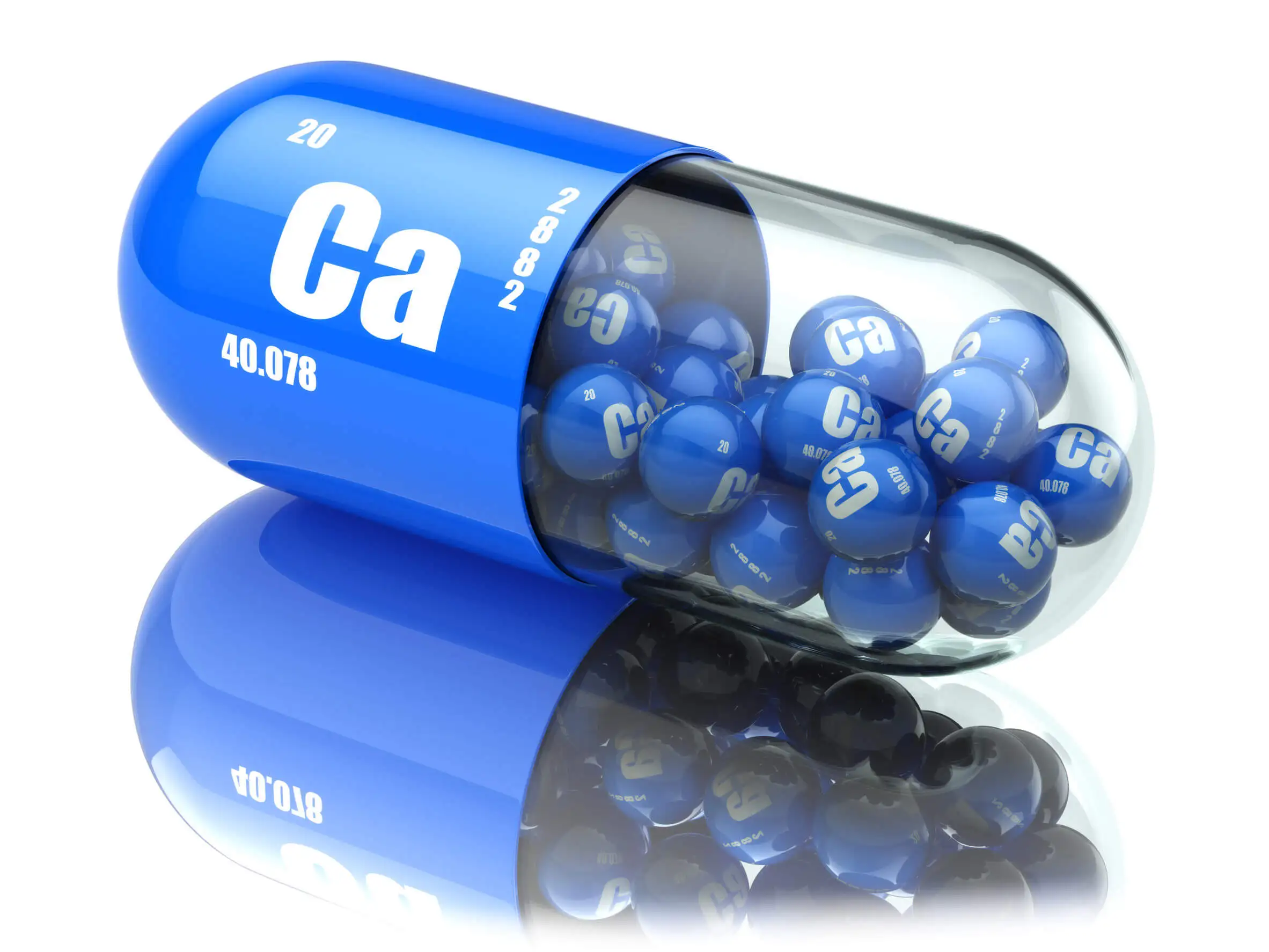Calcium Requirements in Children: How Much do They Need?


Written and verified by the nutritionist Saúl Sánchez Arias
Covering calcium requirements in children is essential for optimal bone development. Otherwise, bone-related pathologies could occur in the medium term, osteoporosis being the most dangerous of them all. It’s usually associated with a reduction in mineral density and an increased risk of fracture. A dietary adjustment will help to prevent this alteration.
Before starting, we must emphasize that it’s essential to cover the daily needs of essential nutrients to avoid alterations in the body that can cause the development of complex diseases.
In many cases, we are only talking about a few milligrams a day, but it will be decisive that this nutrient appears in the child’s daily nutrition to maintain a good state of health over the years.
What are the calcium requirements in children?
Calcium is a mineral that fulfills several functions within the human body. It’s used to enable muscle contraction and also forms part of bone tissue.
In children from 1 to 3 years of age, it’s necessary to ensure an intake of about 700 milligrams of this mineral per day. From 4 to 8 years of age, it will be key to increase the intake to 1000 milligrams, to end up consuming 1300 milligrams from 9 years of age and up to 18 years of age.
In any case, it’s not only the consumption of this nutrient that should be monitored. It’s also important to ensure that vitamin D levels are optimal. This substance increases the intestinal absorption of calcium and enables its subsequent fixation in bone tissue. According to a study published in the journal Best Practice & Research, it helps prevent the development of osteoporosis in the medium term.

However, vitamin D is a nutrient that is in short supply in food. The best way to ensure that requirements are met is through exposure to sunlight, which encourages endogenous synthesis.
Sunbathing for 20 minutes every 2 to 3 days will be necessary to achieve sufficient production. The good news is that since it is a fat-soluble substance, it can accumulate in the adipose tissue, thus saving it for the months when sun exposure is lower.
We think you may also enjoy reading this article: Calcium Carbonate: Uses, Precautions and Side-Effects
Which foods contain calcium?
Dairy products are the best sources of calcium at a dietary level. In addition, these products manage to provide a significant amount of proteins of high biological value. They contain all the essential amino acids and have a good digestibility score. Their regular intake is crucial for maintaining optimal muscle function, as evidenced by research published in Nutrition Research.
Nuts can also provide significant amounts of calcium. These foods are considered to have a high nutritional density, as they contain a good dose of many essential micronutrients such as vitamins and minerals.
In addition, these fruits are a great source of antioxidants. These elements neutralize the formation of free radicals and their subsequent accumulation in the body’s tissues. This effect has been shown to reduce the risk of developing chronic and complex diseases.
However, many other vegetables can also be a source of calcium. One example would be green leafy vegetables, such as spinach. Just one serving has 120 milligrams of the mineral, which is quite a considerable dose. After all, the key is to have a varied diet.
In this way, it will be rare that there’s any deficit of essential nutrients. If you suspect any, you can always consult a specialist to assess whether supplementation is a good idea.
Like this article? You may also like to read: How To Remove Limescale and Calcium Stains from the Shower
When to give calcium supplements to children
Generally speaking, it’s not usually necessary to include calcium supplements in the diet. The same is not true of vitamin D. Considering the consumption of a supplement of this nutrient could be important in order to normalize its levels in the blood, which will contribute to a more efficient use of dietary calcium.
However, it could be necessary to consider an extra intake of the mineral in the case of very restrictive diets, especially when problems are detected in the growth of children. Howver, what shouldn’t be done is to consume a multivitamin with minerals inside. In most cases, it’s not necessary to resort to high doses of vitamins of group B or C. In fact, it could be counterproductive in the medium term.

Know the calcium requirements in children
Now you know the calcium requirements in children. This nutrient is important for muscle contraction and for the skeleton. Meeting the daily needs will be decisive, especially in the case of women.
After menopause, bone mineral density begins to decrease, so all the calcium consumed so far will serve to avoid structural alterations that can lead to osteoporosis. Thus, fractures are prevented.
Finally, keep in mind that when it comes to improving bone health, it’s also vital to exercise regularly. Above all, the focus should be on strength work.
This will keep the muscles strong, prevent the bones from absorbing shocks, and improve the mechanical function of the human body. Sufficient protein intake will also be crucial to maximizing hypertrophy and adaptations.
All cited sources were thoroughly reviewed by our team to ensure their quality, reliability, currency, and validity. The bibliography of this article was considered reliable and of academic or scientific accuracy.
- Lips, P., & van Schoor, N. M. (2011). The effect of vitamin D on bone and osteoporosis. Best practice & research. Clinical endocrinology & metabolism, 25(4), 585–591. https://doi.org/10.1016/j.beem.2011.05.002
- Naseeb, M. A., & Volpe, S. L. (2017). Protein and exercise in the prevention of sarcopenia and aging. Nutrition research (New York, N.Y.), 40, 1–20. https://doi.org/10.1016/j.nutres.2017.01.001
- Neha, K., Haider, M. R., Pathak, A., & Yar, M. S. (2019). Medicinal prospects of antioxidants: A review. European journal of medicinal chemistry, 178, 687–704. https://doi.org/10.1016/j.ejmech.2019.06.010
This text is provided for informational purposes only and does not replace consultation with a professional. If in doubt, consult your specialist.








